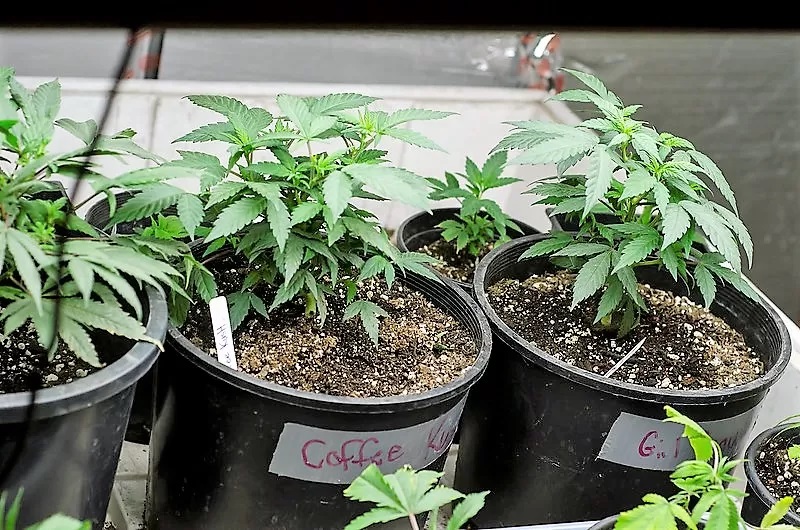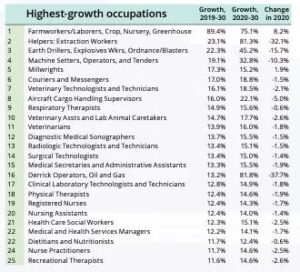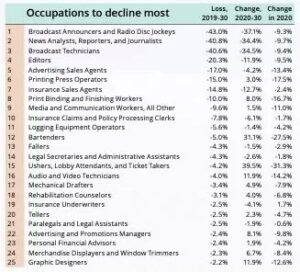Marijuana cultivation to lead Alaskan job growth over next decade

The quickest job development in Alaska over the following 10 years will likely be in agriculture, however should you’re considering farmers and cows, assume once more.
The Alaska Division of Labor tasks that marijuana cultivation will lead all industries in job development statewide between now and 2030.
The most important declines in jobs are projected to come back from broadcast and print media.

The information are printed within the October problem of Developments, the month-to-month report of the Alaska Division of Labor and Workforce Improvement.
Hashish cultivation emerged as Alaska’s main high-growth business for jobs as a result of — not like each different sector — it didn’t endure a setback in the course of the pandemic in 2020.
Job development in marijuana cultivation and manufacturing really elevated by 8.2% that yr; far forward of the one different sector to stay in optimistic territory — millwrights — which noticed job development of about 2%.
Statistically talking, marijuana is lumped into the “farming, fishing, and forestry” class, however state economists say that job development on this class is pushed by marijuana, and its dominant occupation is farmworkers and laborers, which symbolize about 40% of marijuana employment. That is additionally the place virtually 80% of the sector’s development is predicted to come back from within the subsequent 10 years.

Sometimes, well being care is a robust sector for job development, and the numbers counsel a post-pandemic rebound could also be on its means: 14 of the highest 25 fastest-growth jobs are in well being care, with jobs starting from surgical techs and registered nurses, to dieticians and leisure therapists. All these jobs fall under veterinarian, nonetheless, which is predicted to see 16% extra development within the subsequent decade.
The listing of occupations anticipated to say no in Alaska reads slightly like a Nineteen Nineties profession aptitude check: Fallers and logging tools operators are on the decline, as are insurance coverage gross sales brokers, printing press operators and mechanical drafters.
Main the pack in job declines, nonetheless, are broadcast announcers, information analysts, reporters, journalists, and broadcast technicians — that are all anticipated to see losses round 35% by 2030.
Alaska is a comparatively small state in a big broadcasting world, nonetheless, and that tends to inflate the statistics considerably. The precise variety of broadcast and journalism jobs the state will lose is 36, with a 3rd of that loss occurring in the course of the pandemic. The information don’t seize how many individuals within the arts, design, leisure, sports activities and media class transitioned to freelance work, or turned self-employed, which is frequent on this sector.
Factoring pandemic job losses into the general image for the following 10 years is essential to contemplate. Different jobs within the backside 25 embrace bartenders and ushers, foyer attendants, and ticket takers. The dialogue in Developments factors to an obvious contradiction: “If we had been to look solely at 2020-2030, these occupations would seem like among the many quickest rising — however they hemorrhaged jobs in the course of the pandemic, making the restoration seem like huge development. From pre-pandemic ranges, the last decade decline is round 5%.”
[Sign up for Alaska Public Media’s daily newsletter to get our top stories delivered to your inbox.]